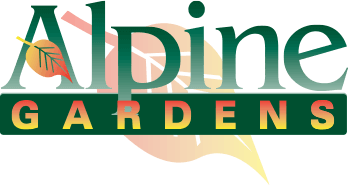The chill is in the air and the calendar says it’s fall. So what does that mean for your landscape?
Here are some helpful tips:
Perennials & Grasses – Many people are tempted to cut their perennials and grasses down in the Fall. But if you leave them intact, the vegetation can provide better insulation to the root crown. Then, when spring rolls around, you can trim them back in March and April. This way you can fully enjoy the shape, texture and movement all winter. If you prefer the trimmed look and want to cut them in the fall, then cut the flower stalks back but leave the bottom portion of the plant. This will still enable the plant to insulate itself through the winter.
Trees – Wrapping young trees is important for winter protection from the drastic rise and fall of temperatures here in Colorado. The wrap helps to protect the bark of the young trees. Maples and Honeylocust are particularly sensitive to the temperatures changes and are susceptible to sunscald, or what is known as freeze crack. So make sure you continue wrapping Maples until they are approximately eight-inches in diameter.
Lawns – With cooler temperatures, we notice the slowdown of our lawn’s growth. It is likely you will not have to keep mowing every week. Winterize your lawn and sprinkler system in October.
Vegetable Garden – To avoid disease and pests carrying over into next year, remove the old plants in your vegetable garden.
Fountains & Ponds – Now is the time to winterize those fountains and ponds. Drain the water out of the fountains and remove the pump. Cover each fountain tightly to protect it throughout the winter. And for the ponds, make sure you clean the leaves out regularly. You can use a net to cover the pond so you don’t have as much cleanup in the Spring.

